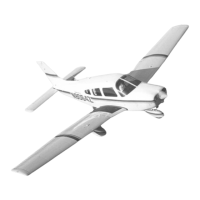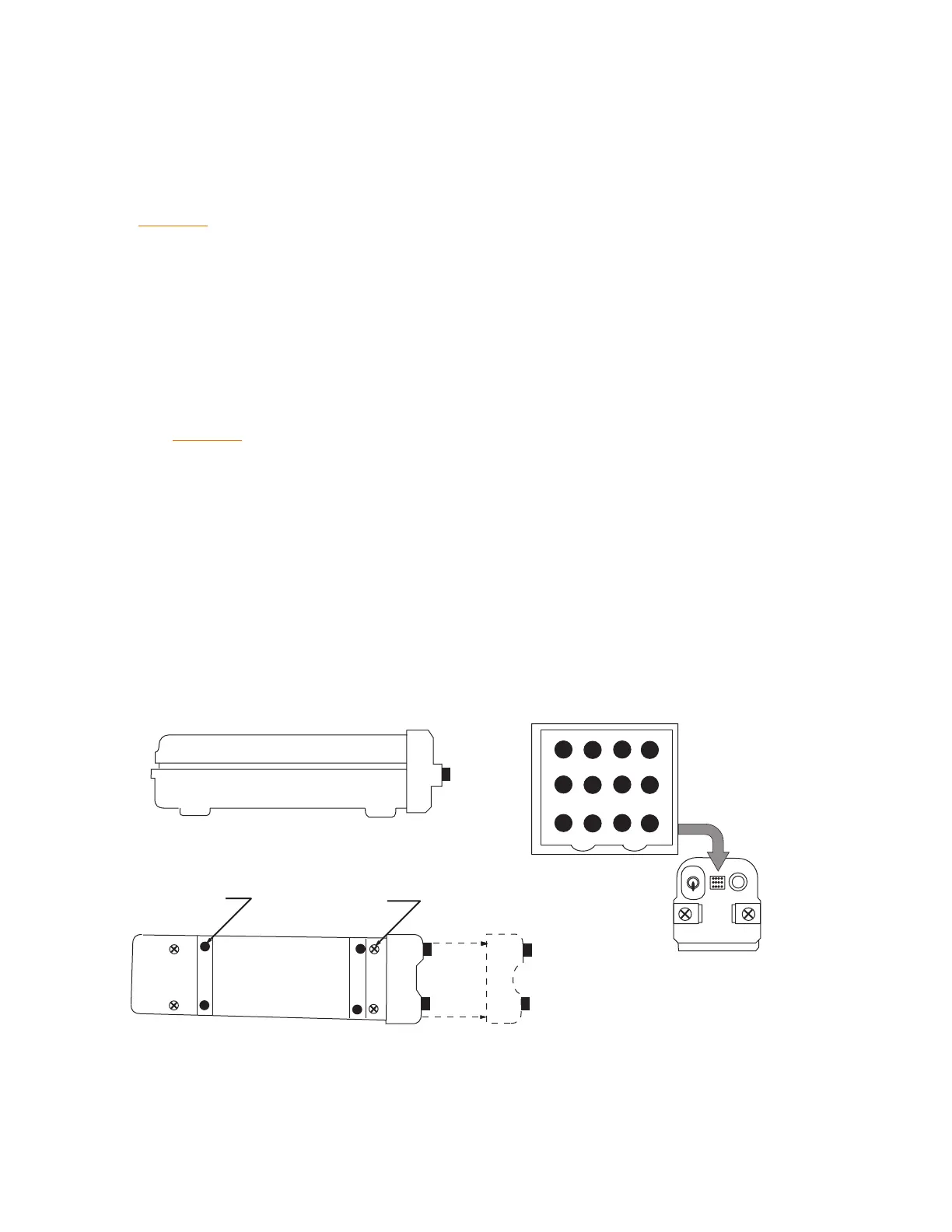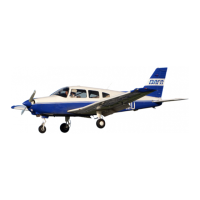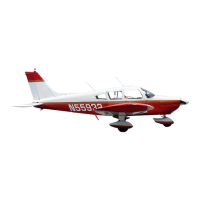C. Testing
The transmitter operates on the emergency frequencies of 121.5 and 243.0 MHz; both of these
frequencies are monitored by the various FAA installations. Before performing any operational test
of the ELT, the following precautions should be observed:
CAUTION: TESTING OF AN ELT SHOULD BE CONDUCTED IN A SCREEN ROOM OR METAL
ENCLOSURE TO ENSURE THAT ELECTROMAGNETIC ENERGY IS NOT
RADIATED DURING TESTING. IF A SHIELDED ENCLOSURE IS NOT AVAILABLE,
TESTING MAY BE PERFORMED IN ACCORDANCE WITH THE FOLLOWING
PROCEDURES:
(1) Test should be no longer than three audio sweeps.
(2) Test should be conducted only within the time period made up of the first five minutes after any
hour.
(3) If the operational tests must be made at a time not included within the first five minutes after
the hour, the test should be coordinated with the closest FAA Tower or Flight Service Station.
CAUTION: CONSULT FAA ADVISORY CIRCULAR AC 20-81 FOR DETAILED
INFORMATION CONCERNING UNSHIELDED TESTING.
(4) Turn both the airplane master switch and the radio master switch ON.
(5) Tune airplane communications receiver to 121.5 mHz and select SPKR on the audio panel.
(6) Position ELT cockpit switch to ON. The ELT should immediately begin signaling and the panel
light should immediately come ON. Although the light may illuminate after a few seconds,
failure of the light to immediately come ON indicates trouble with the G-Switch circuit, pins 5
and 8 on tray connector, and that the unit is not working properly. Repairs should be done only
by a licensed aviation radio repair shop.
PIPER AIRCRAFT, INC.
PA-28-161, WARRIOR III
MAINTENANCE MANUAL
PAGE 2
Nov 30/06
2F18
25-60-00

